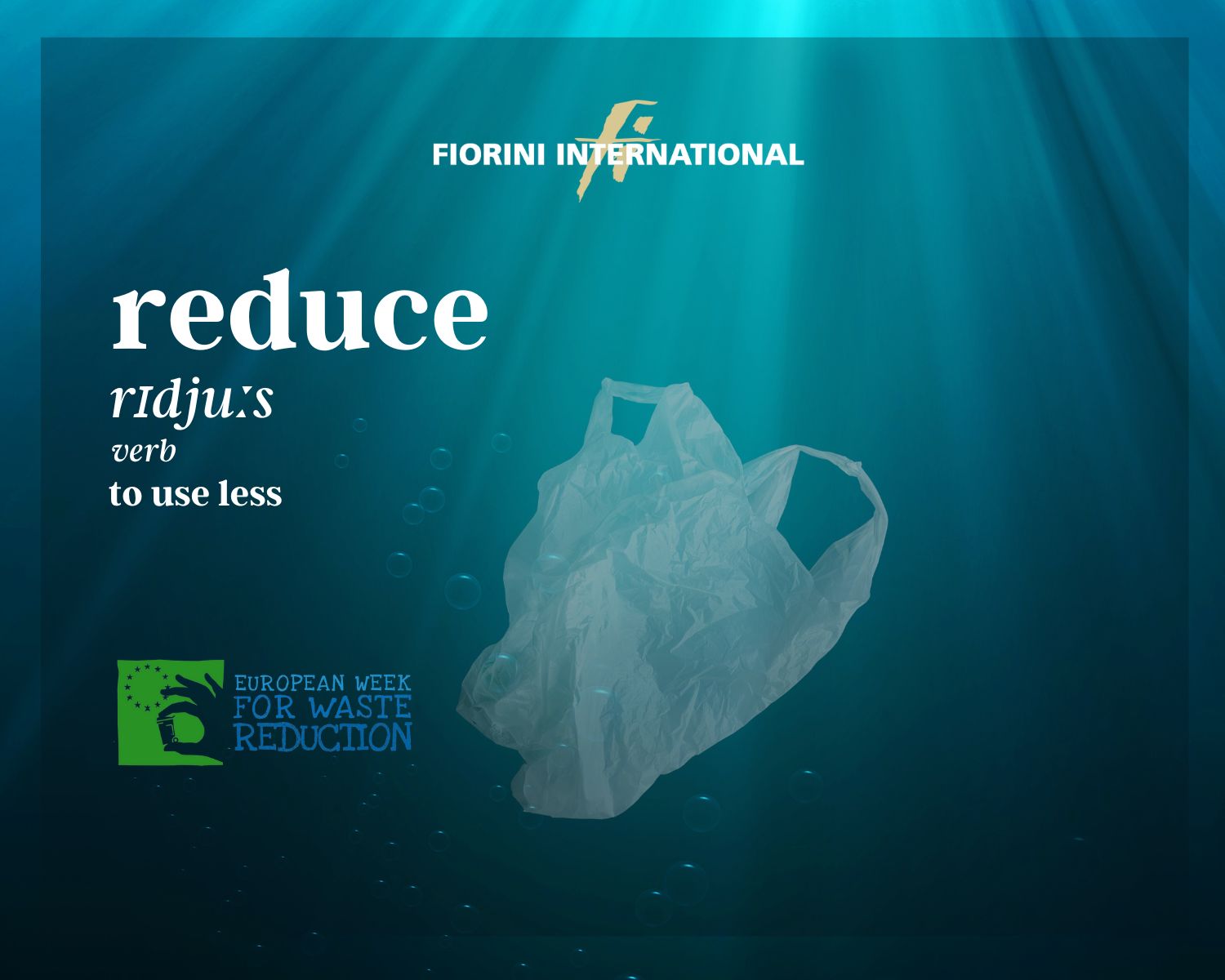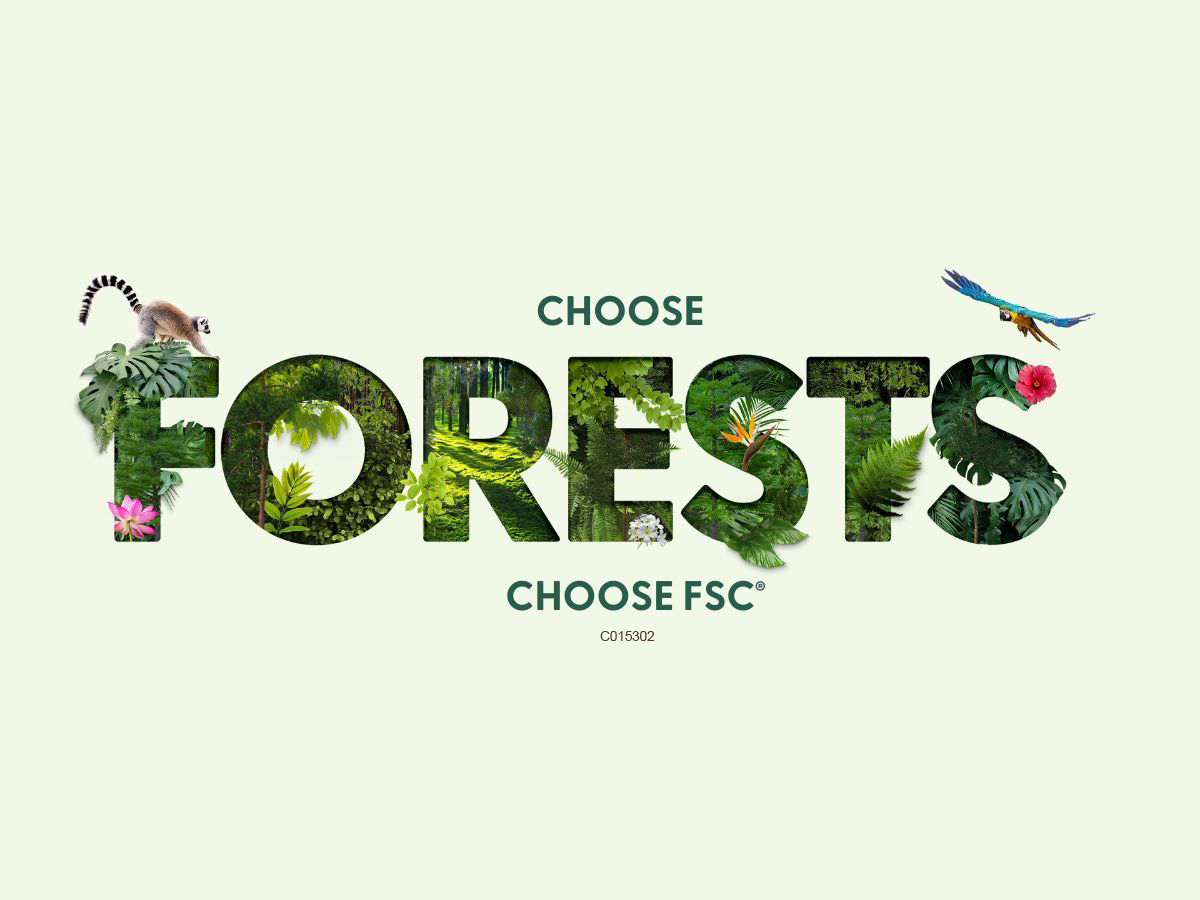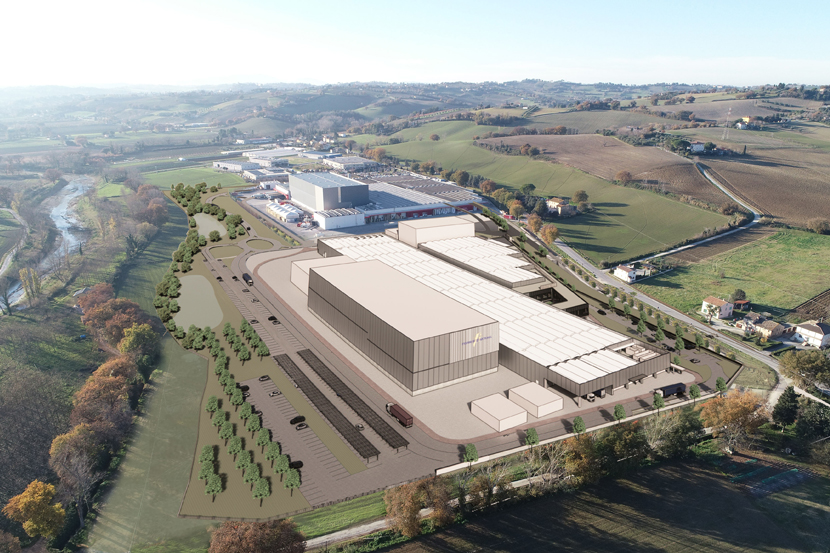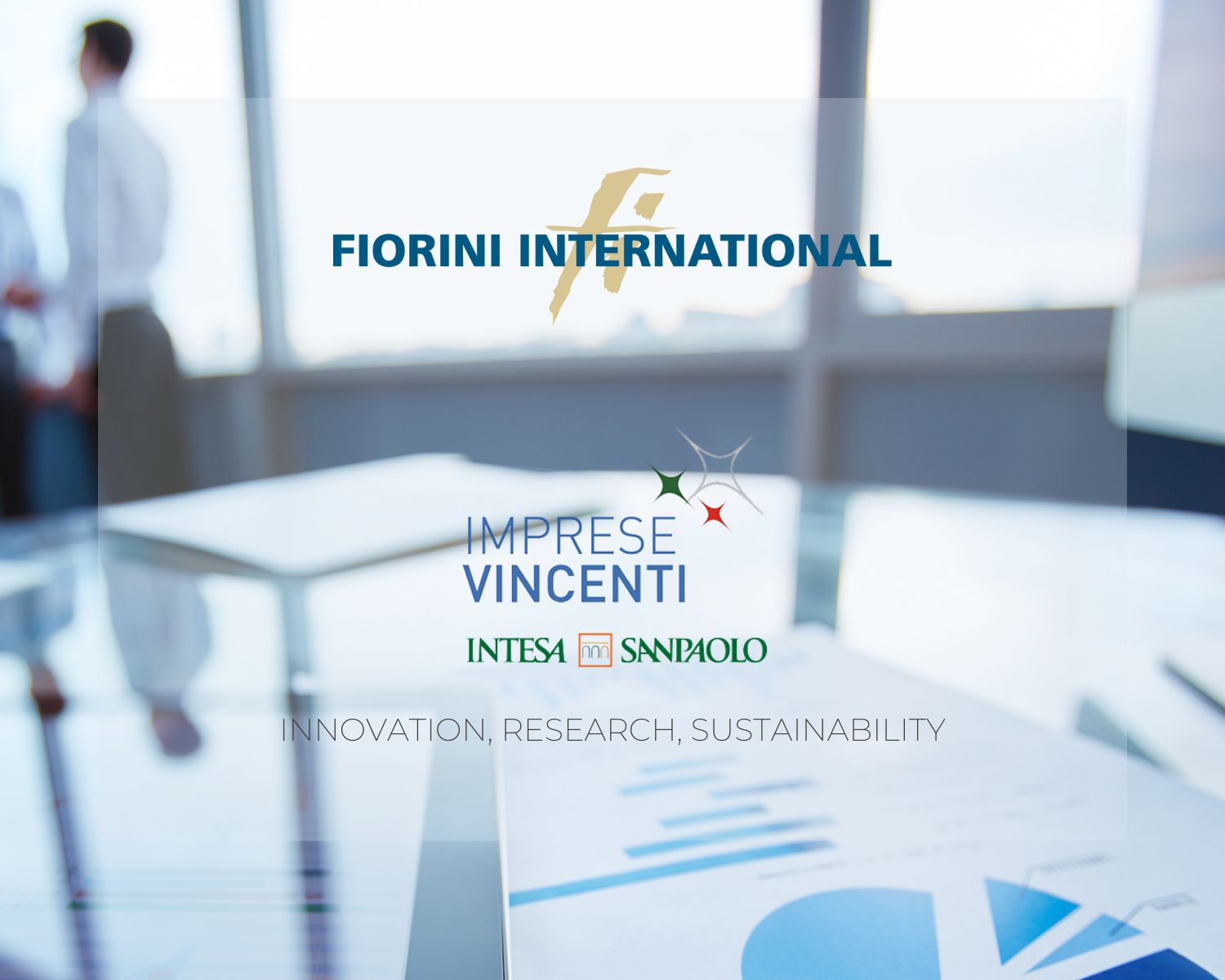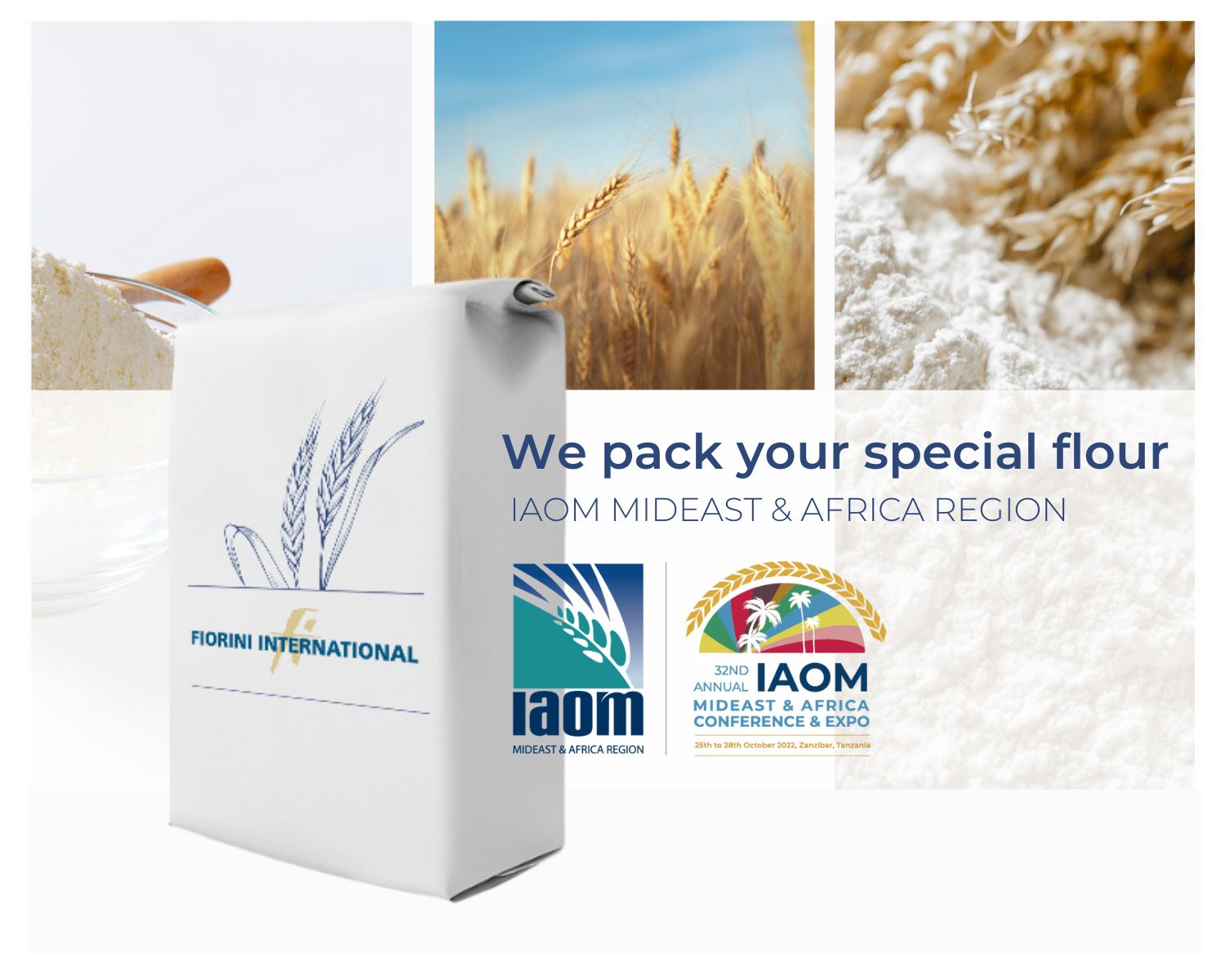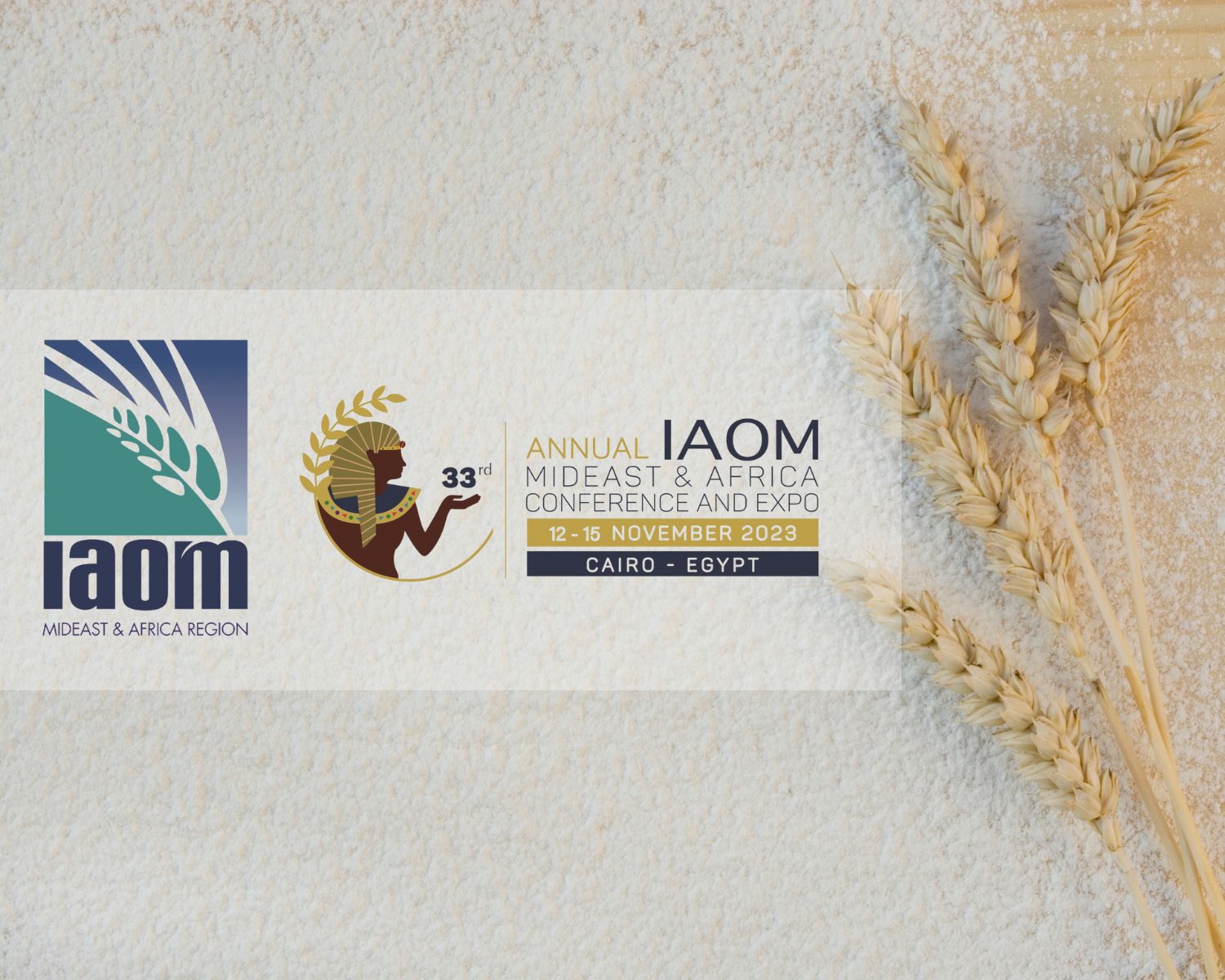Paper packaging central to consumer purchasing decisions
Packaging continues to be the key industry in transformation to a circular-economy model: consumers’ shopping behavior has a strong influence on the definition of design for brands and manufacturers.
According to a recent survey on European consumers’ preferences, perceptions, and attitudes about packaging*, paper packaging emerges as the top favorite for compostability (72%), for being natural (62%), and easy to recycle (57%). According to the same study, 70% of consumers are actively involved in reducing the use of plastic packaging and 48% of consumers prefer not to buy from brands and retailers that are not actively involved in reducing the use of non-recyclable plastic packaging.
58% of consumers also believe it is right to discourage the use of non-recyclable packaging and 66% of e-commerce users prefer products delivered in paper packaging as well as the right size (not too large for the effective size of the product). Environmental labels are also a key influencing factors for packaging as it allows consumers to understand the environmental values of products and packaging and influence their purchasing decisions: 64% of the interviewed consumers are also aware about the Forest Stewardship Council FSC, and recognise its importance forcircular- economy and sustainable development..
Paper-based packaging, both for its ecological attributes and the possibility of recycling, represents the favorite preference of consumers: they are also disposed to change their behavior and spend more for a sustainable shopping experience. Consumer awareness about sustainability leads to an increasing commitment by manufacturers and retailers to develop and promote products, processes, and actions that are compliant with a sustainable environmental, economic and ethical development strategy.

